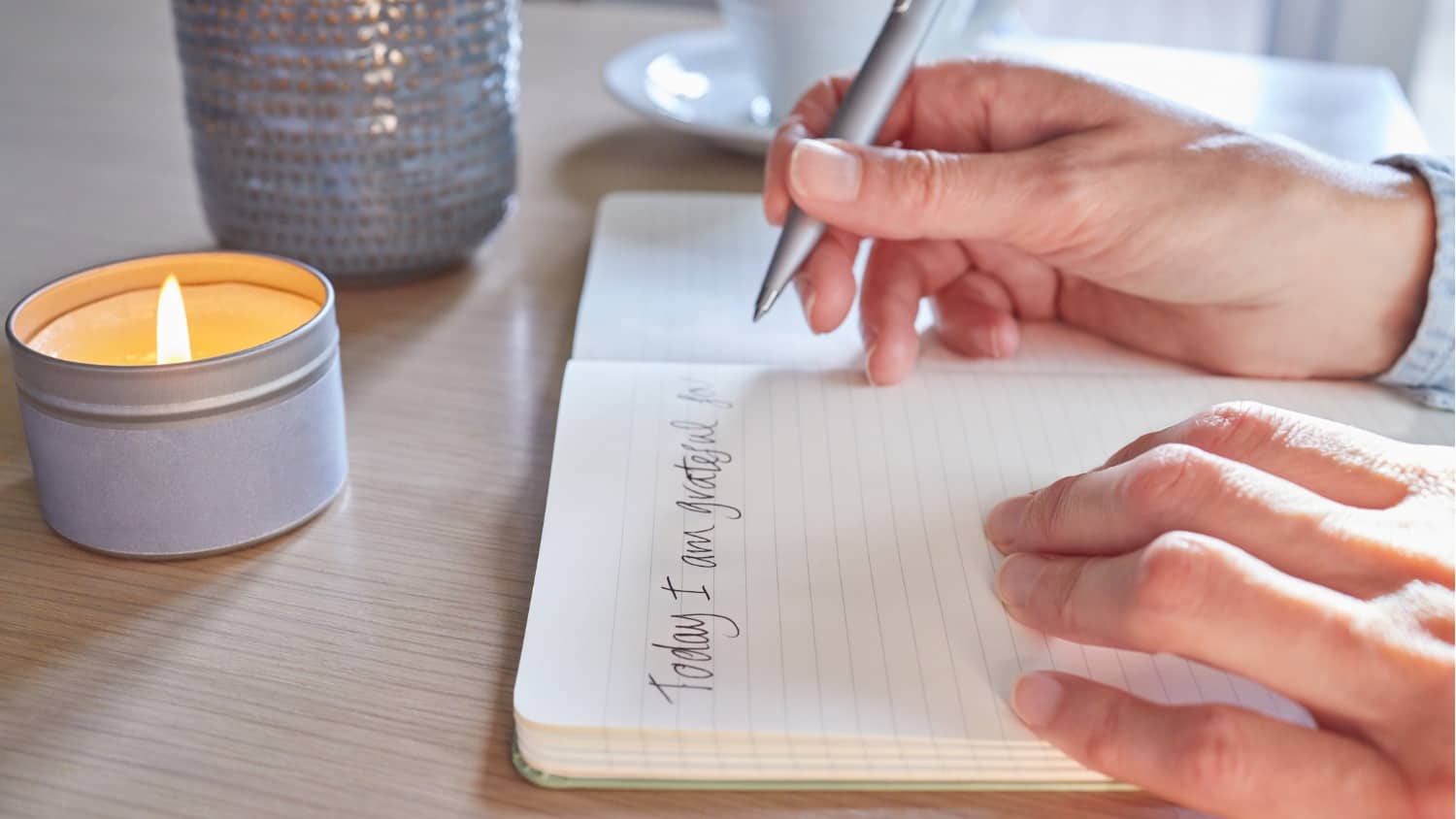
Why Cultivating Gratitude Is a Reset Button for Positivity After 60
The rice paddies that stretch out from the house are flooded now, reflecting the sky with big puff-ball clouds that turn pink, then orange, then white as the morning sun rises.
The chickens are crowing near and far and not just the roosters. My black hen stretches out her red waddled head and crows, too. I can’t believe that sound comes out of her!
Both chickens and white herons peruse the paddies, foraging for insects and tiny fish that come with the flooding. Occasionally, a heron flies right towards me as I sit on the veranda, writing.
It glides up over the roof at the last minute, its gray feet tucked neatly against its white body. How rare this moment is – a close up view of the underside of a kokokan, as the Balinese call these birds.
I count all of these as blessings. Gratitude arises filling my chest with warmth. My eyes smile.
Gratitude as a Reset Button
In our day-to-day lives, it’s easy to get caught up in the drama of the news, the challenges facing us and our families, dealing with anxiety and concerns about our own aging bodies. Gratitude can seem too far away.
And yet gratitude is a safety zone and a respite from our hectic world. It’s a way to take a deep breath and just be for the sake of being.
When I was caring for my husband who had Alzheimer’s, and life seemed bleak, something would happen to pull me back to gratitude and the light.
It might have been as simple as a dragonfly landing on my hand or seeing a rainbow in a drop of dew on a banana leaf. Gratitude brings us back to the present moment where fear and anxiety don’t exist. It acts like a reset button to pull us out of despair.
Cultivate Gratitude
If gratitude doesn’t come spontaneously to you, you can cultivate it. Choose a time that works for you – maybe first thing upon waking, over dinner or just before you go to bed – and think about the things in your day that you have to be thankful for.
Choose one thing, and if more come along, give thanks for them, too. It can be as simple as a hug from a friend, a compliment on your hair or a beautiful scene you came upon.
The important thing here is to practice gratitude every day. It doesn’t take time. It’s easy, and science is showing that positive emotions create lasting effects.
The Benefits of Positive Emotions
Negative emotions, such as fear or anger, are a natural part of our instinctual survival techniques. We see a snake, a car coming at us, or a large coconut over our heads and fear focuses our energy to avoid the threat and save ourselves.
We have a fight with a friend, and our anger consumes us well after we’ve had the confrontation. This is the problem with our habitual experience with negative emotions. They stay with us, clouding the events that are really happening in our present moment.
Much as we may try, we can’t avoid these emotions. They are a natural part of us, insuring our survival. However, we can cultivate positive emotions, which have a lasting effect on our brains and our everyday lives.
Research done at the University of North Carolina has found that positive emotions, such as joy, contentment, gratitude and love, open our minds to more possibilities in our lives. Negative emotions narrow that playing field to a very thin focus.
One of the things I’m most grateful for is that gratitude comes easily to me. It has been with me most of my life even in the really hard times – although admittedly, less frequently.
But not everyone finds this it easy to summon the feeling of gratitude, and this is where using a technique comes in handy.
Gratitude Techniques
Robert Emmons has studied gratitude for over a decade and has written extensively about it. He suggests that people challenged in feeling gratitude should practice grateful emotions that include smiling, saying “Thank you” and writing letters of gratitude.
He explains that the mere practice will cultivate the real feelings. He also suggests nine other ways to cultivate gratitude, including keeping a gratitude journal in which you write down what you’re thankful for each day.
I came across one such journal I’d started several years ago and just reading my entries brought warmth to my heart again. Those positive feelings had endured and actually created new ones.
This morning I’m grateful for not just the herons in the rice paddies but also for 60 and Me and being able to be a contributor.
Do you have a gratitude practice? What do you find are the benefits? Do you have techniques and ideas to share with the community? Please join the conversation below!
Tags Being Grateful






